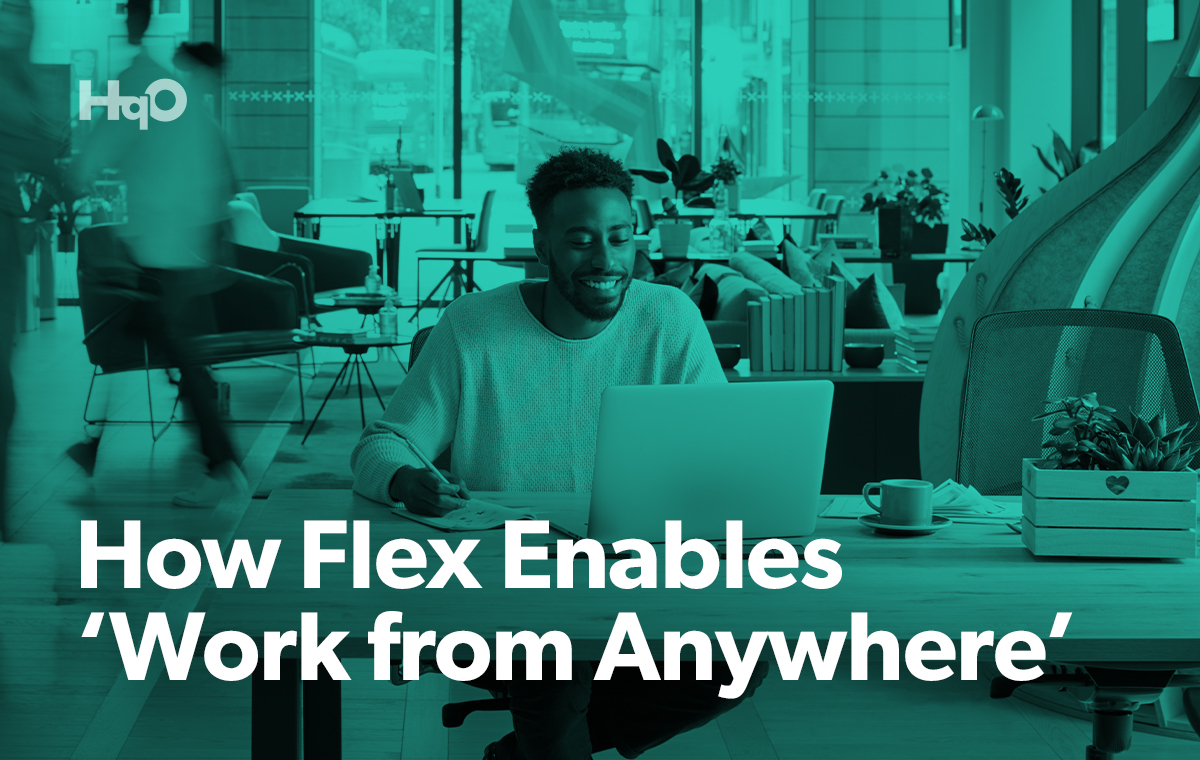Work-from-home. Remote work. Hybrid work.
The past few years have introduced an abundance of buzzwords to the commercial real estate (CRE) industry, all focused around the idea of empowering tenants and their employees to work in the environments that best match and support their needs.
We can trace these discussions back to numbers portraying a drastic shift in the use of office space since the beginning of the COVID-19 pandemic: A report by Owl Labs found that 55% said they spend most of their time working remotely rather than in the physical office. This same report found that only 36% of people currently believe the office is best suited for individual work.
Because of this, many landlords and property teams have started to retire the concept of the traditional 9-to-5 office, trading it in for modern adaptations that better help tenants and their employees do their most productive work.
Data That Speaks for Itself
In Colliers’ Flex Forward 2022 forecast, they explain that a significant 77% of flex and coworking operators have reported an increase in hot desk-type membership packages.
They also explain that — though historically such products were notoriously difficult to run profitably — changes in working practices have turned these products into an important revenue generator for landlords and owners of real estate. Further supporting this notion, CBRE reports that companies expect to increase their use of flexible office space by approximately 26% on average over the next two years.
No matter where you look, the data is clear: the power of flexible work environments resonates with both tenants and landlords as they navigate the future of commercial office buildings. But exactly how are landlords and property teams creating these flexible offices, and how much value does your team stand to gain from investing in your properties?
Creating a Value-Driven Office
In order to understand the needs of your tenants, you first need to look at the profile of the modern employee. After all, employee sentiment has been the most significant factor driving tenant company decisions since the onset of the pandemic.
Fortunately, this information is easy to find. According to multiple research firms and sources, here are just a few high-level insights into current employee habits and demands:
- 40% of people feel the greatest benefit of remote work is the flexible schedule.
- Companies allowing remote work have 25% lower employee turnover than those that don’t.
- 76% of workers would be more willing to stay with their current employer if they could work flexible hours.
- People who work remotely at least once a month are 24% more likely to be happy and productive.
- The number of people who work from home has increased by 140% since 2005.
- 4.3 million people in the USA work from home at least half the time.
On the other side of the equation, many employers are debating the impact of remote and hybrid work on employee productivity. In fact, some business leaders and industry experts have shared data that shows employee productivity has increased with the rise of remote work, while others revealed that employee productivity is still higher in the physical office.
Because of conflicting information in the market — alongside the need to address employee demands to engage and retain talent — the question property teams need to ask themselves is no longer about where the best place to work is. Instead, it’s about how they can make investments into their properties that will provide the right environment for tenants and their employees.
The Right Combination
This is where flexible properties, spaces, and policies can offer significant value in the workplace. Not only can they support the needs of tenants and employees who want to routinely come into the physical office, but they can also elevate the experience for those who only need to leverage the office for specific reasons such as team-based collaboration and engaging in company culture.
Many companies are diving head-first into these trends. According to statistics from Accenture, 63% of high-growth companies already use a hybrid work arrangement that supports both in-office and remote work use-cases. They also noted that regardless of your company’s location, ensuring your workforce is productive and healthy produces the best bottom-line benefits.
Due to their growing popularity, simply offering flexible workspaces and properties is not enough to remain competitive in the market. The even bigger question now becomes: How are you differentiating yours?
Want to learn more about creating flexible, competitive workplaces? Download our latest industry guide today.



